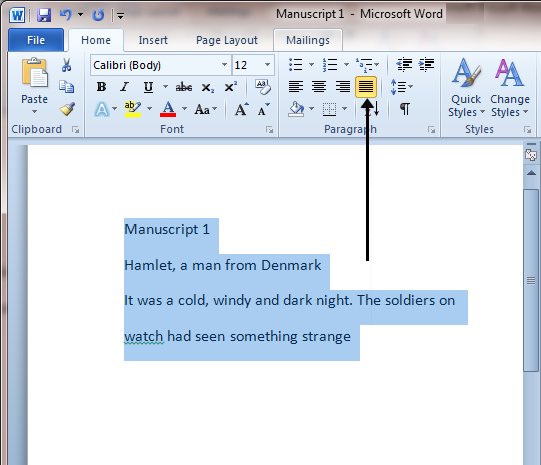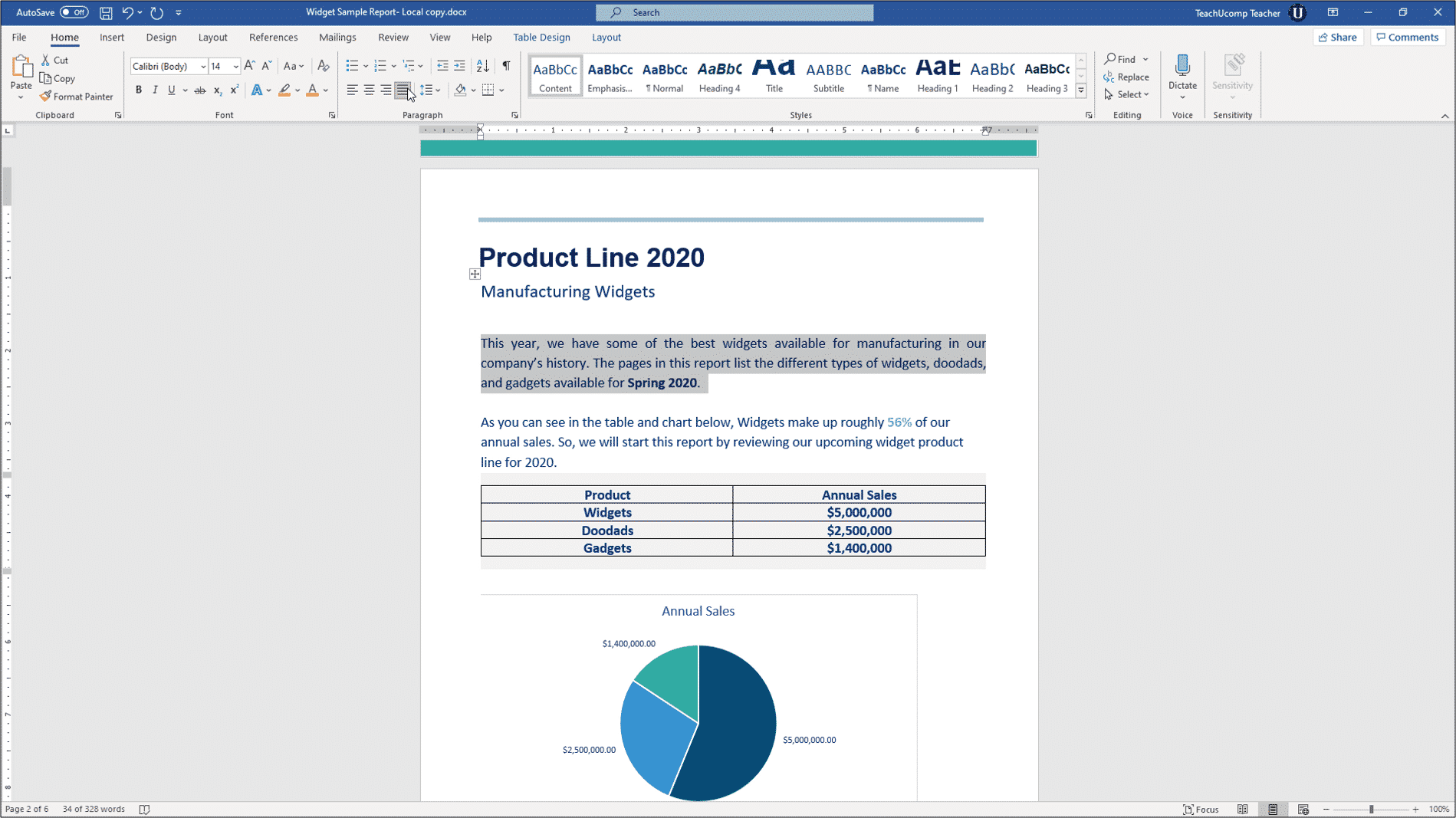

Unfortunately, those that are stuck justifying often don’t see the hurt, resentment, and mistrust. When people justify their actions it doesn’t make them right, it just causes more hurt, resentment, and mistrust.

So, justified text should really be avoided not just on the web, but whenever possible. Even if a page layout program is using subtle letter-spacing, or adjusting the width of the letters – these things, too, will make the texture uneven. Justifying text disrupts that even texture.

There must be at least one space in the line. Type or place your cursor at the end of the line of text that you wish to justify. Alternatively, from the toolbar, click the Justify Text button. With your cursor in the paragraph or line that you want to justify, press Ctrl-j ( Cmd-j on a Macintosh). This icon is identifiable by the multiple horizontal lines that are aligned on the left and right sides.
#HOW TO JUSTIFY A PARAGRAPH FULL#
How do you full justify in Word?Ĭlick the “Home” tab and select the “Justify Text” icon in the Paragraph group. Comprehension drops away significantly with left aligned/ragged right setting for columns of text. The above results are quite clear: typesetting justified at both the left and right side of a line in a column clearly works best for good reader comprehension of columns of text in full pages of printed publications. Use the alignment tools under the Paragraph section of the Home menu to set the alignment you want.You may have extra spaces in your document that is shifting the text. Why is my text not justifying in Word?Ĭommon causes for this include: The text has been set to right, centered, left, or justified alignment. (This is Ctrl and the Capital J) This provides behaviour identical to Open Office where you are asked if the last line of the paragraph should be justified. The last line of a paragraph in MS Word can be fully justified (edge to edge) if you click inside the para and type Ctrl-shift-j. How do you justify the last line of a paragraph? However, generally speaking, use Ctrl + L to left align, Ctrl + E to center, Ctrl + R to right align, and Ctrl + J to justify text. The alignment keyboard shortcut keys can vary depending on what program is used and the type of computer. In a paragraph that is justified, text is aligned with both margins. For example, in a paragraph that is left-aligned (the most common alignment), text is aligned with the left margin. Text alignment is a paragraph formatting attribute that determines the appearance of the text in a whole paragraph. Tick “Do full justification like WordPerfect…”.Right-click on the text again, and click Format, Font. On the Indents and Spacing tab, click the drop-down next to Alignment, and click Justified, OK. Right-click on the text, and click Paragraph. This alters the ideal spacing of the font, but in paragraphs of reasonable width it’s usually not distracting. Justification works by adding white space between the words in each line so all the lines are the same length. Should you justify your paragraphs?Ĭompared to left-aligned text, justification gives text a cleaner, more formal look. Fully justified text has adjusted spacing between words and sometimes adjusted space between letters. With full justification, text is flush with both the right and left margins (for left-right and right-left scripts). Word makes each side of the paragraph line up by inserting tiny slivers of extra space between the words in a paragraph. To give your paragraph full justification, press Ctrl+J or click the Justify command button. 20 What are the two types of paragraph alignment?.18 What are the 3 types of paragraph formatting?.17 Does full justification like WordPerfect?.16 How do I get rid of weird spaces between words in Word?.15 How do I fix paragraph spacing in Word?.14 Why you should never Center align paragraph text?.11 How do you justify one line in Word?.8 Why is my text not justifying in Word?.7 How do you justify the last line of a paragraph?.1 How a paragraph is justified in Word?.


 0 kommentar(er)
0 kommentar(er)
